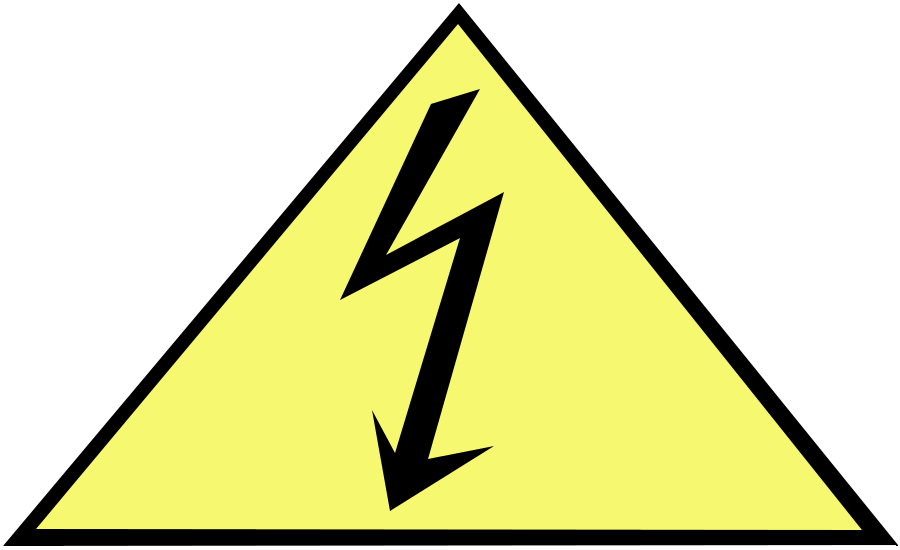Protect the lamps against breakage/contact. This OSHA requirement creates the need for the “bird cages.” Avoid using higher wattage bulbs to prevent melting of plastic cages.
Do not hang lamps by their cord unless they are designed to do so and never use bare wire, nails, or other metal straps for securing the temporary lighting cords. Plastic straps or insulated wiring can be used.
Use a 10-pound rule of thumb when suspending lights. If the weight of the cable and/or tension of the lights exceed 10 pounds, then more secure points are needed.
Temporary lighting in wet/conductive locations should be provided with GFCI protection, or a 12V lighting system should be used.
No splicing wires in stairways, and no tying up lighting to stairway handrails
Keep the temporary lights eight feet off the floor.
Install temporary lights on separate circuits. The photo to the right shows an improper installation, where the electrician wired the lights into a circuit used for power tools. This improper wiring method on the jobsite will create a dark area for someone if the circuit breaker trips.
Temporary lighting must meet the following minimum requirements according to OSHA regulations. This means that you’ll need a light meter to ensure compliance in most cases.
29 CFR 1926.56(a) for light levels
Foot Candles...... Area of Operation
5..... General construction area lighting.
3..... General construction areas, concrete placement, excavation and waste areas, access ways, active storage areas.
5..... Indoors: warehouses, corridors, hall- ways, and exits.
10... General construction plant and shops (e.g., mechanical and electrical equipment rooms, carpenter shops, active store rooms, and indoor toilets and workrooms.)
30... First-aid stations, infirmaries, and offices.
Source: Electrical Association www.electricalassociation.com



